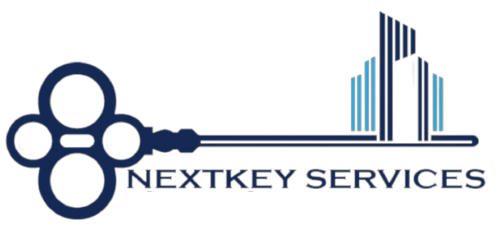Change is Permanent – Embrace It
In life, change is inevitable. In business, change is vital.
We are in conversation with Nicola “Nikki” Fraser — a solutions oriented financial expert and ambassador for financial equity. Nikki discusses the importance of change — how to embrace it and how to adapt to it.
Nikki has held various leadership positions at Fortune 50 companies including JPMorgan Chase, Fannie Mae, Deloitte & Touché, and Arthur Andersen. Her expertise ranges from finance, accounting, and risk management disciplines across multiple industries, most significantly in the financial services industry. Furthermore, Nikki developed deep expertise in financial strategy, profitability improvements, and change management throughout her time leading finance and risk during the global financial crisis.
Nikki, you previously mentioned the importance of being able to adapt to change and setting long term goals. How do you apply these — sometimes challenging- qualities to you and your team — which could also be a board?
“In 1789, Benjamin Franklin wrote, “nothing can be said to be certain except death and taxes.” While true, a third certainty in life that we must deal with as well is change.
“Over the years I have learned to embrace change, navigate change, and adapt to change. I help myself and those around me by being prepared for change — it is really the constant in all our lives. Instead of expending energy fighting change, I take the view of making the most of the change and using it as an opportunity. Change provides us with an opportunity to stop, rethink our goals and strategies, and take into consideration the many stakeholders up and down the vertical. Your goals are long-term, but your strategy may need adjustment — and change allows us to keep up.
“Like most things in life, there is the change you can control (or maybe the illusion you can control) and change you cannot control. For example, during my time at Fannie Mae, we went through the financial crisis in 2008 and found ourselves reacting to the changes more often than not. There was a massive change in the economy, industry regulatory environment, management, company culture and so on. However, instead of fearing or avoiding the change that we were experiencing, we took a different approach. We consciously stopped to make sense of the mess, embraced the change, and used it to our advantage. This experience taught me the importance of change and setting realistic, yet agile goals.
“In cases where you can control the change, there is a greater opportunity to be proactive for how the company will react and actively engage in the change management activities. For example, consider the choice to implement a new Enterprise Resource Planning (ERP) system before the old one reaches its end of life. Planning out how and when an ERP system implementation will occur and being realistic about the milestones will allow you to manage the marathon a little tighter.
“Regardless of whether you can control the change or not, the key consideration, in my view, is to be realistic in the setting of goals and milestones. The desire to keep things status quo, fear of the unknown future state and the work required to change, are all killers of change. As such, setting realistic and achievable goals combined with clear and concise communication is key and creates avenues for people to embrace the change. Easier said than done, but taking the time, even when you feel you may not have it, to plan out your reaction and being realistic about it is so important.
“When looking at this topic from the perspective of a corporate board, risk management clearly comes to mind. If done right and timely, risk management, combined with scenario planning, prepares senior leadership and the Board with options on how to react when a change arises. Risk management is part of an entity’s DNA and is critical to staying ahead of the game and goal-relevant. Alignment of risk management with your organizational strategy and goals is an ongoing assessment. If risk management becomes an annual ‘check the box exercise’ or chore, then a company will never fully realize the value it brings to the marketplace. However, if the same company works toward constant improvement, consistent with the Kaizen Theory, they will be better off. Assessing external forces, remaining agile, and evolving around them, works toward the goal of managing risks as well. When a company embraces chaos, they will come out more successful when the dust settles.”
Thanks for sharing, Nikki.
You can read the original article here.
